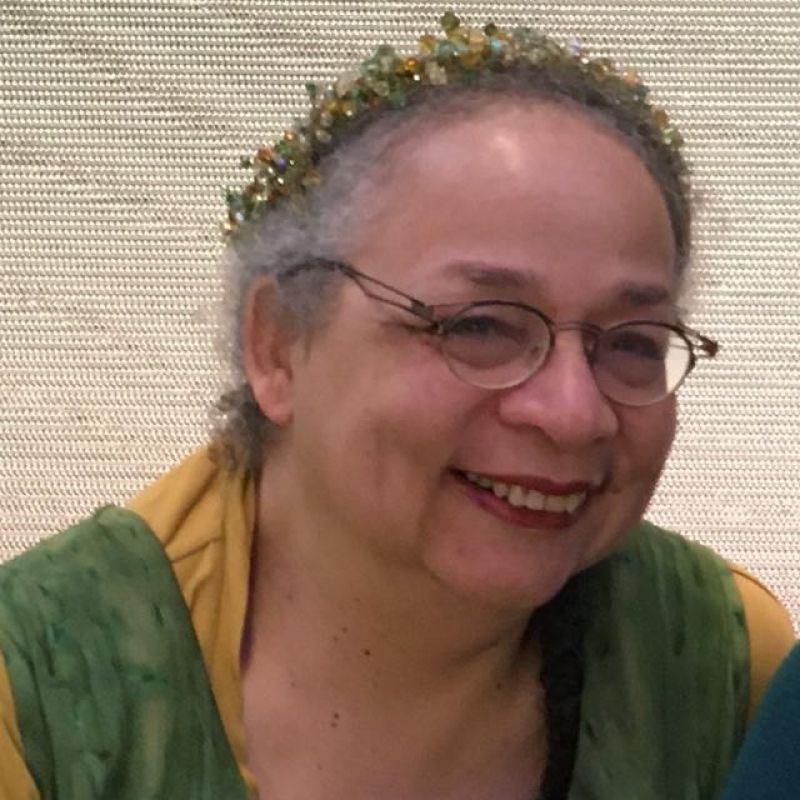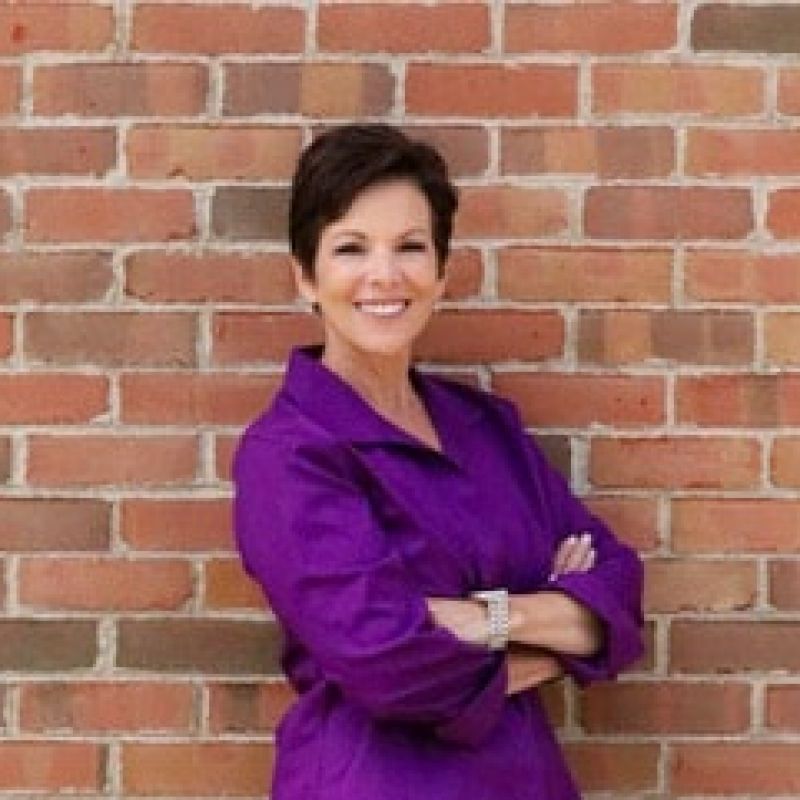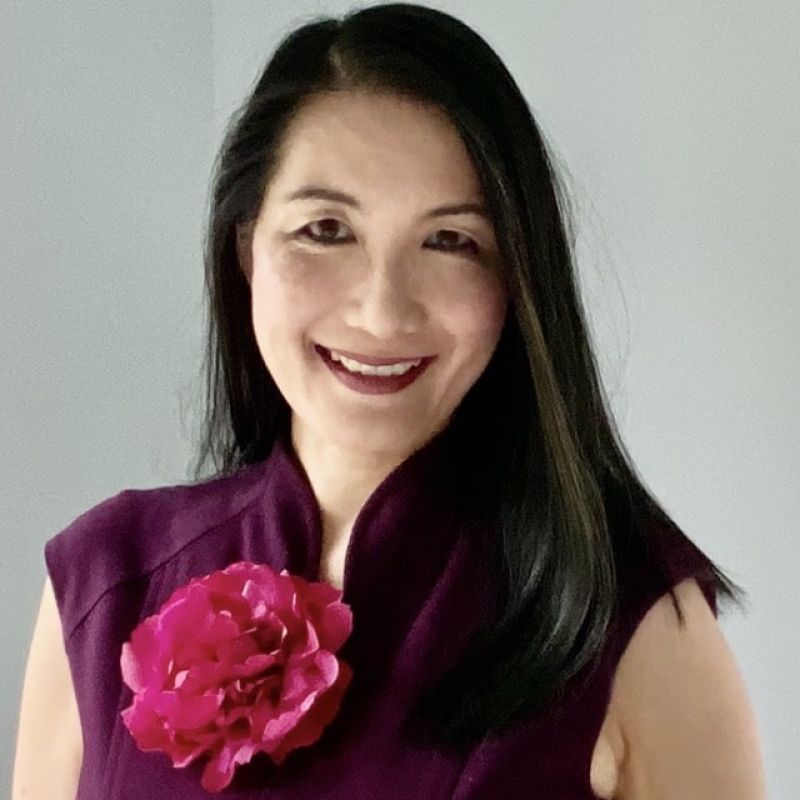Blog
From Our Blog

You can never read the same story twice. Some of us complain about returning to earlier favorites only to find they’ve been rendered unreadable by visits from an imaginary being called “the Suck Fairy.” The Suck Fairy brings to our attention the unfortunate assumptions our favorite authors made as they created their fictional worlds: the racism implicit in Tarzan’s superiority over Black Africa…

Mindset and Momentum: How Writers Can Use CBT Tools to Overcome Challenges
As writers, we face the constant struggle of rejection, self-doubt, creative blocks and, let’s face it, isolation from hours spent alone. Unless, of course, we include keeping company with our imaginary friends.
In my work as a life coach, I’ve discovered two helpful tools for when the mental grind of being a writer takes a toll on clients.
Behavioral Activation and the ABC Model are part of Co…

Gather savvy authors together and guess what we’re going to chat about? Writing craft, publishing, our latest manuscript woes, marketing techniques, and, yes, book covers.
We asked NINC members what you wonder about when it comes to cover design, and you answered. You wanted to know about book cover strategies, tactics, and the use of AI (artificial intelligence). Even if you didn’t submit a sp…

I was first introduced to Substack by Joanna Campbell Slan, who migrated her newsletter list there in December 2023.
“Substack has brought me 207 new subscribers,” she said. “Since I don’t pay Substack, I count that as a huge win. Previously, I was paying around $120 a month, and the other email list servers sure didn’t recommend me to anyone.”
Should you use Substack to deliver your newsletter…

I led my first writer/reader panel nearly 30 years ago. In many ways, Giving a Good Panel is even trickier than Giving a Good Session. The latter is solely dependent upon your skills and knowledge, but the former requires a degree of cooperation, a balancing of knowledge and time, and a seriously good moderator.
Over the years, I’ve seen both brilliant and disastrous panels. This can be easily …

Introducing and Elevating: How White Authors Can Help Bring Readers to Diverse Stories
I didn’t watch the Super Bowl this year, but the vastly different takes on the quality of the halftime show by Kendrick Lamar made me start thinking about how race and various viewpoints on other topics influence how people consume and even understand creative works. Another big factor is exposure. Lots of people are not exposed to books and art by authors/artists of color or other diverse comm…
